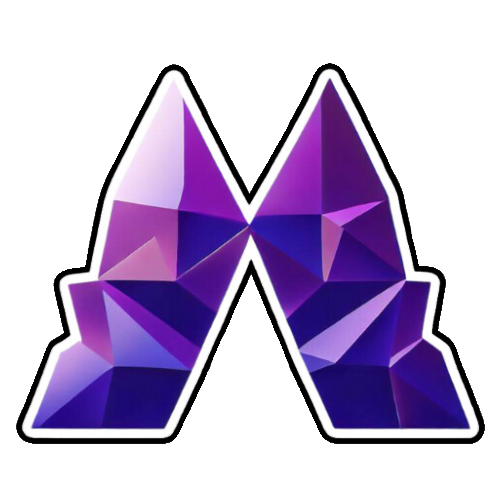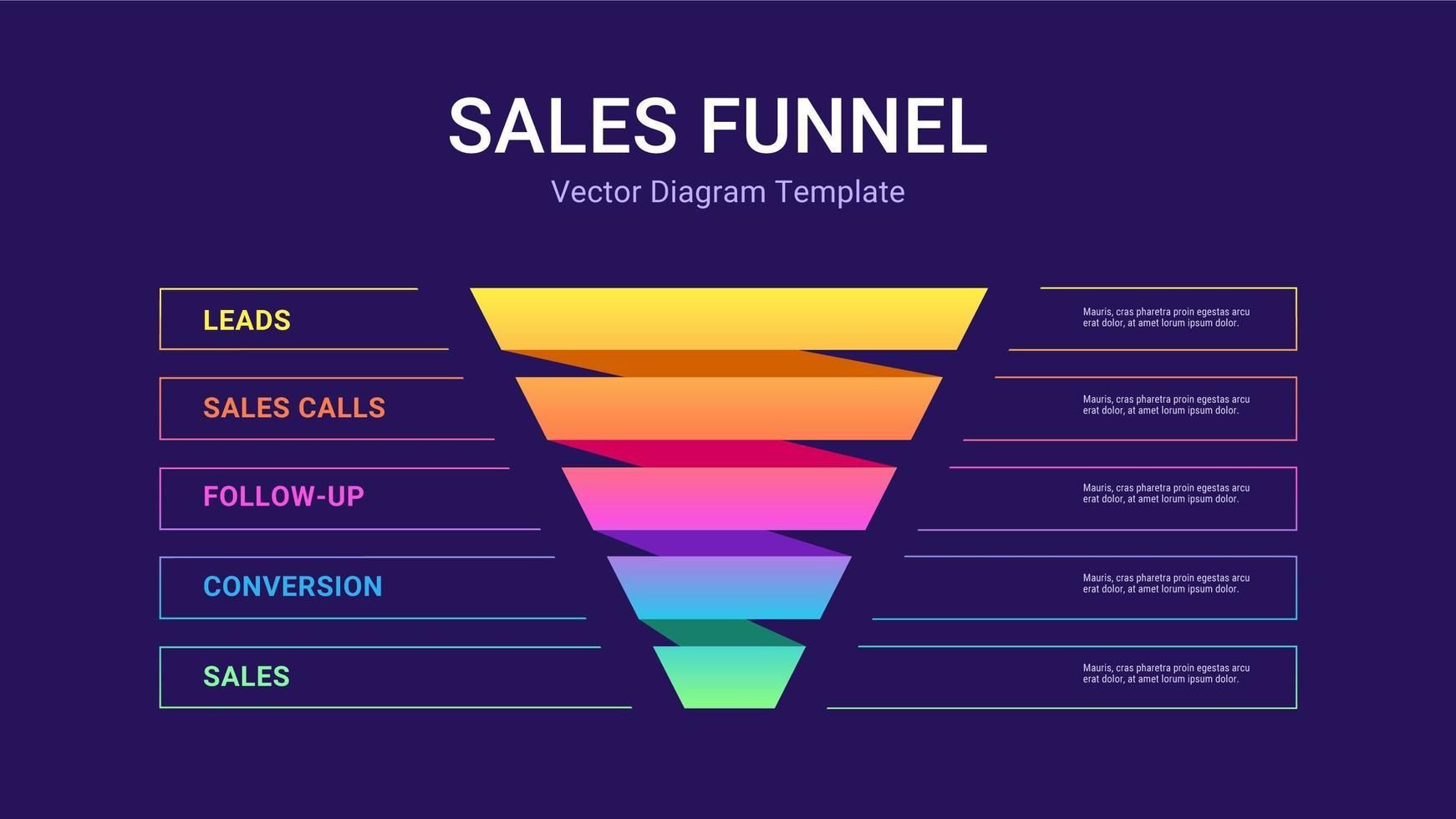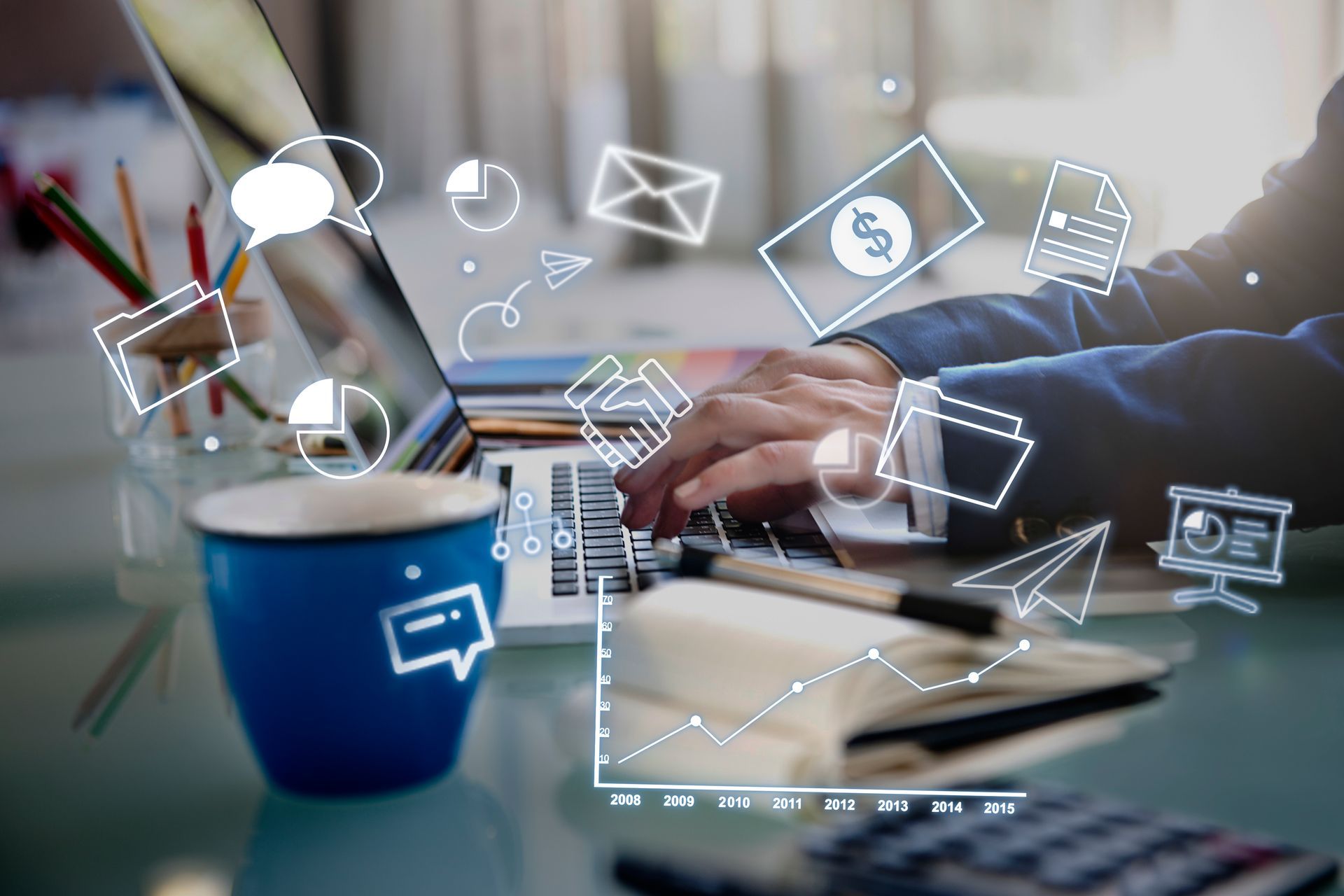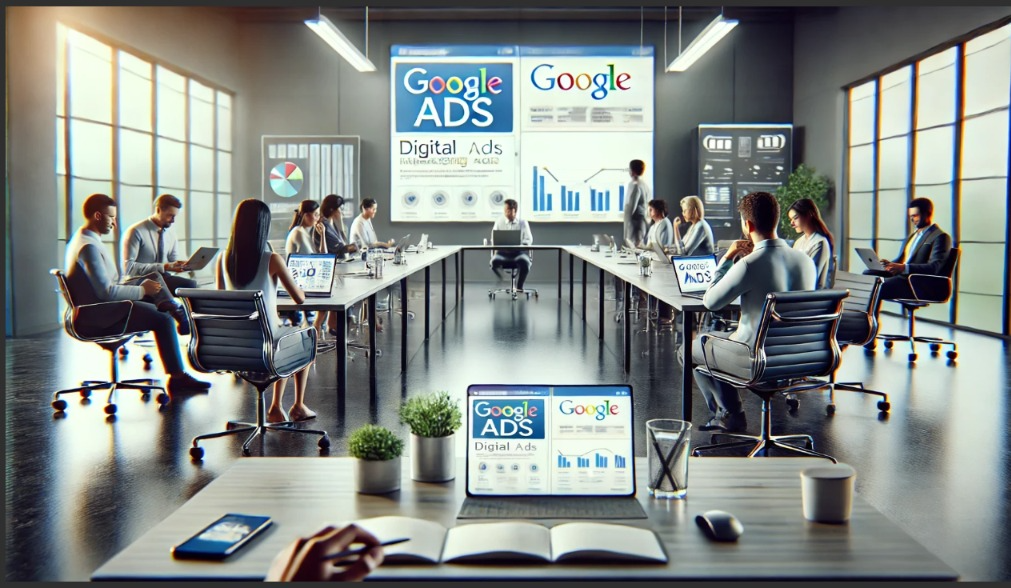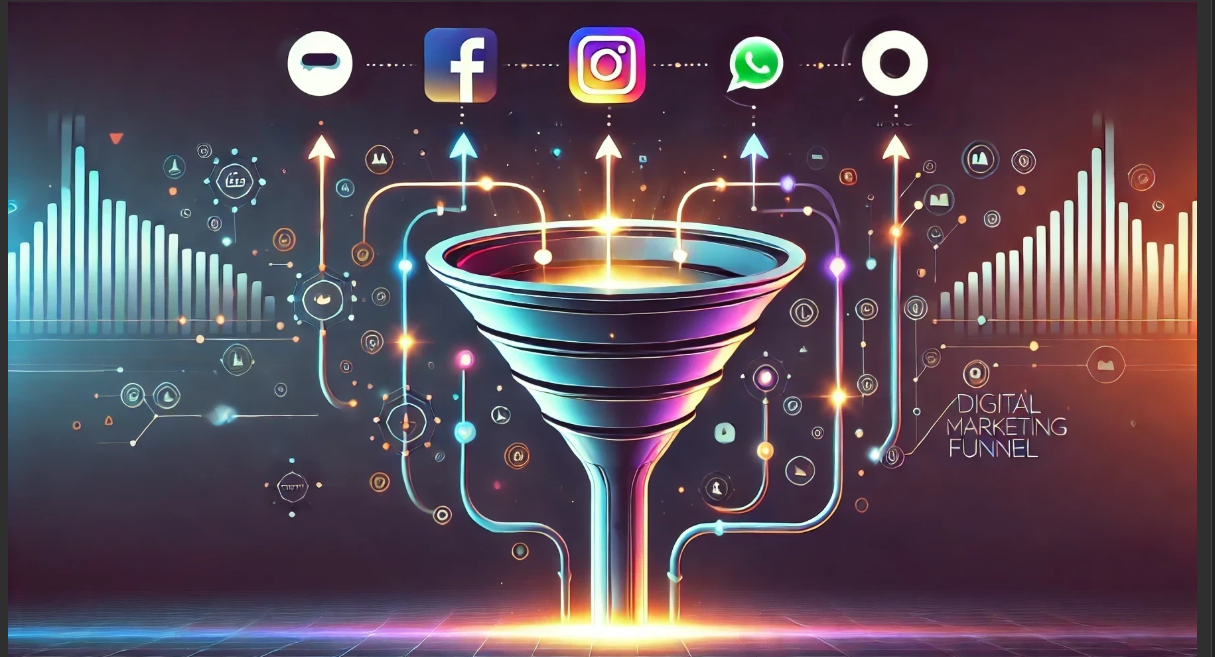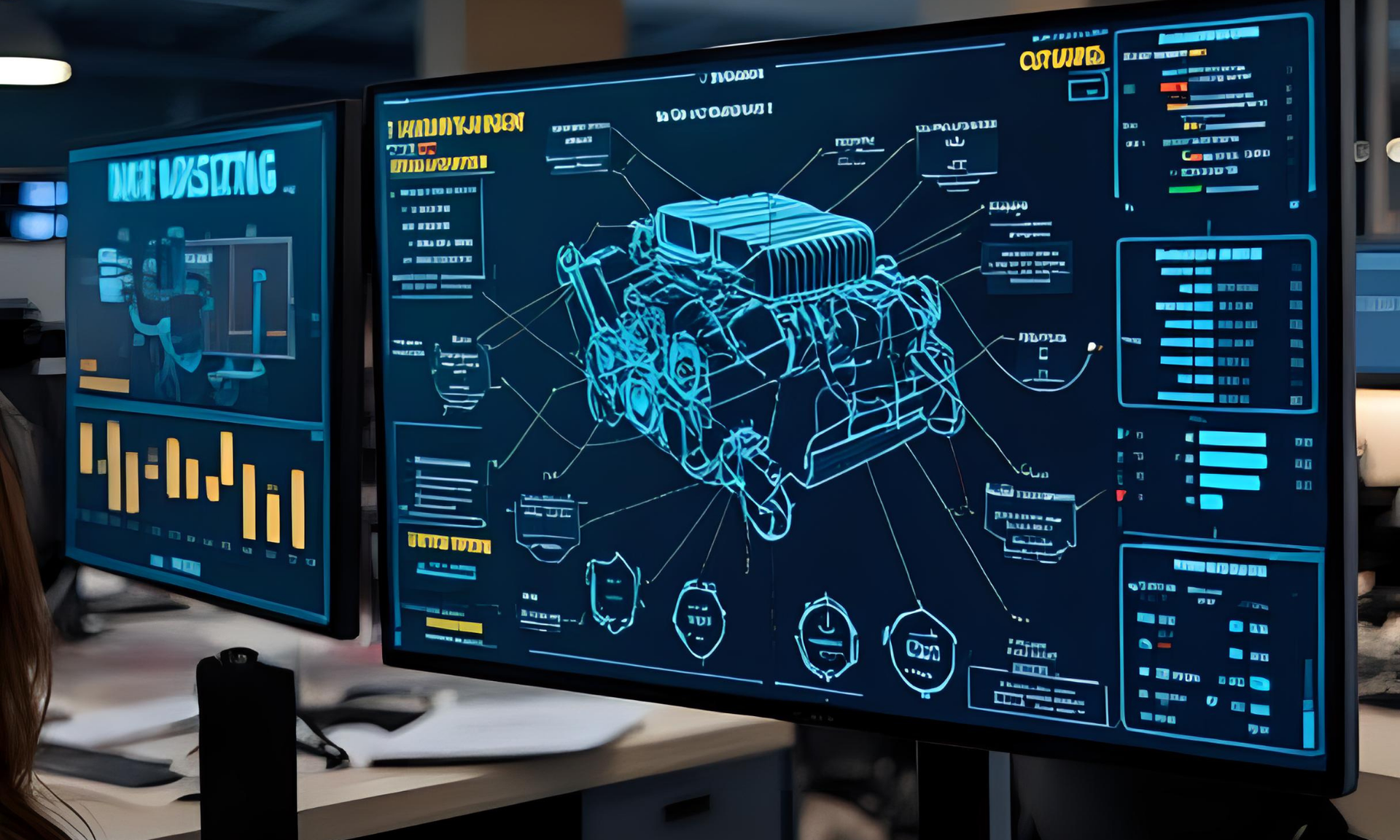23 Top Terms in Web3: A Glossary for Blockchain and Cryptocurrency
Alex Jakma • August 22, 2022
Top 23 Web3 Term Glossary (and counting...)
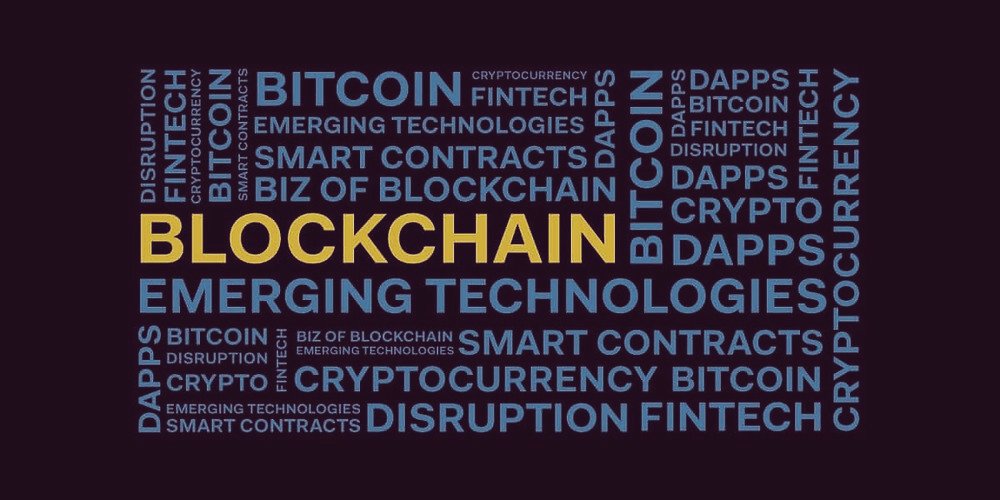
Here are our top 23 (and counting) terms in web3! We recommend you bookmarking our page, and checking back often as we are updating this list to eventually feature 103+ top web3 terminology glossary! Lot's of rhymes, we know...
1. Blockchain
- A blockchain is a digital ledger of all cryptocurrency transactions. It is constantly growing as "completed" blocks are added to it with a new set of recordings.
- Each block contains a cryptographic hash of the previous block, a timestamp, and transaction data. Bitcoin nodes use the block chain to differentiate legitimate Bitcoin transactions from attempts to re-spend coins that have already been spent elsewhere.
2. Cryptocurrency
- A cryptocurrency is a digital or virtual asset designed to work as a medium of exchange that uses strong cryptography to secure financial transactions, control the creation of additional units, and verify the transfer of assets. Cryptocurrencies are decentralized, meaning they are not subject to government or financial institution control.
3. dApps
- dApps are decentralized applications that run on a blockchain or peer-to-peer network. They are often open source and use crypto tokens to reward users for contributing to their network.
4. Ethereum
- Ethereum is a decentralized platform that runs smart contracts: applications that run exactly as programmed without any possibility of fraud or third party interference. These apps run on a custom built blockchain, an enormously powerful shared global infrastructure that can move value around and represent ownership of property.
- This enables developers to create markets, store registries of debts or promises, move funds in accordance with instructions given long in the past (like a will or a futures contract) and many other things that have not been invented yet, all without a middleman or counterparty risk.
5. Bitcoin
- Bitcoin is a cryptocurrency and worldwide payment system. It is the first decentralized digital currency, as the system works without a central bank or single administrator. The network is peer-to-peer and transactions take place between users directly, without an intermediary.
- These transactions are verified by network nodes through the use of cryptography and recorded in a public dispersed ledger called a blockchain. Bitcoin was invented by an unknown person or group of people under the name Satoshi Nakamoto and released as open-source software in 2009.
6. Token
- A token is a unit of value that represents digital assets, utility, or access rights on a blockchain. Tokens can be used to represent anything from physical assets like gold or real estate, to digital assets like voting rights or access to a network.
7. Smart Contract
- A smart contract is a computer protocol intended to digitally facilitate, verify, or enforce the negotiation or performance of a contract. Smart contracts allow the performance of credible transactions without third parties such as lawyers or brokers. These transactions are trackable and irreversible.
8. Decentralized
- Decentralization is the process of distributing or dispersing functions, powers, people or things away from a central location or authority. In a decentralized system, there is no single point of control.
9. Distributed
- A distributed system is one in which components located on networked computers communicate and coordinate their actions by passing messages. The components interact with each other in order to achieve a common goal.
10. Peer-to-Peer
- Peer-to-peer (PtP) computing or networking is a distributed application architecture that partitions tasks or workloads between peers. Peers are equally privileged, equipotent participants in the application. They are said to form a peer-to-peer network of nodes.
11. Airdrop
- Airdrop is a strategy for marketing in which crypto project creators send their native tokens directly to wallets of users to promote adoption and awareness.
12. Blockchain
- Blockchain is a decentralized digital ledger that is accessible by anyone. It is used to store and transfer data without needing any central authority. Blockchain technology allows cryptocurrency networks such as Bitcoin and Ethereum to run properly.
13. Block
- A block is a collection of transactions which have been recorded on the blockchain. Each block contains information about the block that precedes it, allowing blocks to communicate with one another.
14. Block Explorer
- Block Explorer is a tool used to browse through blockchain data, which can include transactions, wallet addresses, market capitalizations, and hash rates.
15. Bridge
- A bridge acts as a connection allowing different blockchains to blockchain interactions, ultimately allowing data, coins, and other information to be transferred between networks.
16. Burn
- Burning entails taking several tokens out of circulation permanently. This process is accomplished when tokens are moved to a burn address. This is a wallet that these tokens cannot be retrieved from. This process is also known as token destruction.
17. Decentralized Autonomous Organization (DAO)
- A DAO is an open-source organization that is managed by its users. These organizations are focused on a specific project or objective, and they replace the traditional hierarchical processes of legacy organizations for blockchain-based fundamentals.
18. Decentralized Application (Dapp)
- A Dapp is an application based on the blockchain and is developed using open-source technology. Dapps exist independently of centralized systems and often use awarded tokens to create incentive for users to keep them updated.
19. WAGMI
- "We're All Gonna Make It," a known phrase in crypto and trading networks, denoting friendship and optimism within the space.
20. Web 1.0
- Web1 is the original version of the internet, also referred to as "read-only web." Static, information-based websites are what comprised web1. This version also had minimal user interaction and user-generated material.
Web 2.0
- Web 2.0 which is called the "read-write web," began in the 1990s. This second version of the internet is distinguished by its user-generated content and enhanced user platforms. These allowed for blogs, social media platforms, Wikipedia and YouTube to develop.
- Web2 focuses more on user experience and interoperability across different websites and apps, creating an extensive network of interlinked websites and resources familiar to us today.
22. Ethereum
- Ethereum is a dapp platform that was built on a public blockchain to process digital money, international payments, and various applications. Its community has developed a booming digital economy and innovative new routes for creators to make money online.
23. Coin
- Coins such as BTC, ETH, etc., are cryptocurrency developed on an original blockchain. Coins are meant to be used as a store of value and as a medium of exchange within their respective ecosystem.










